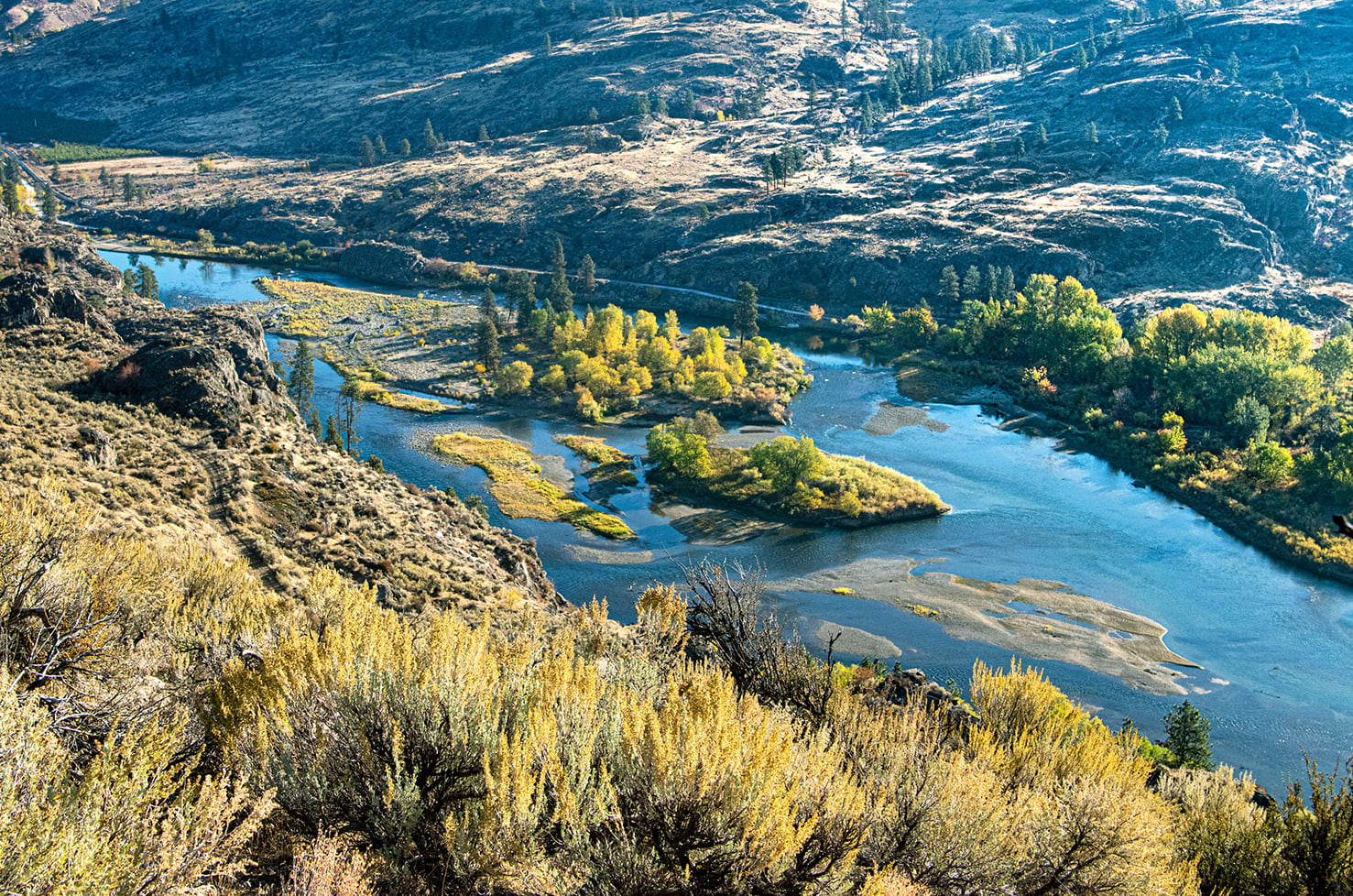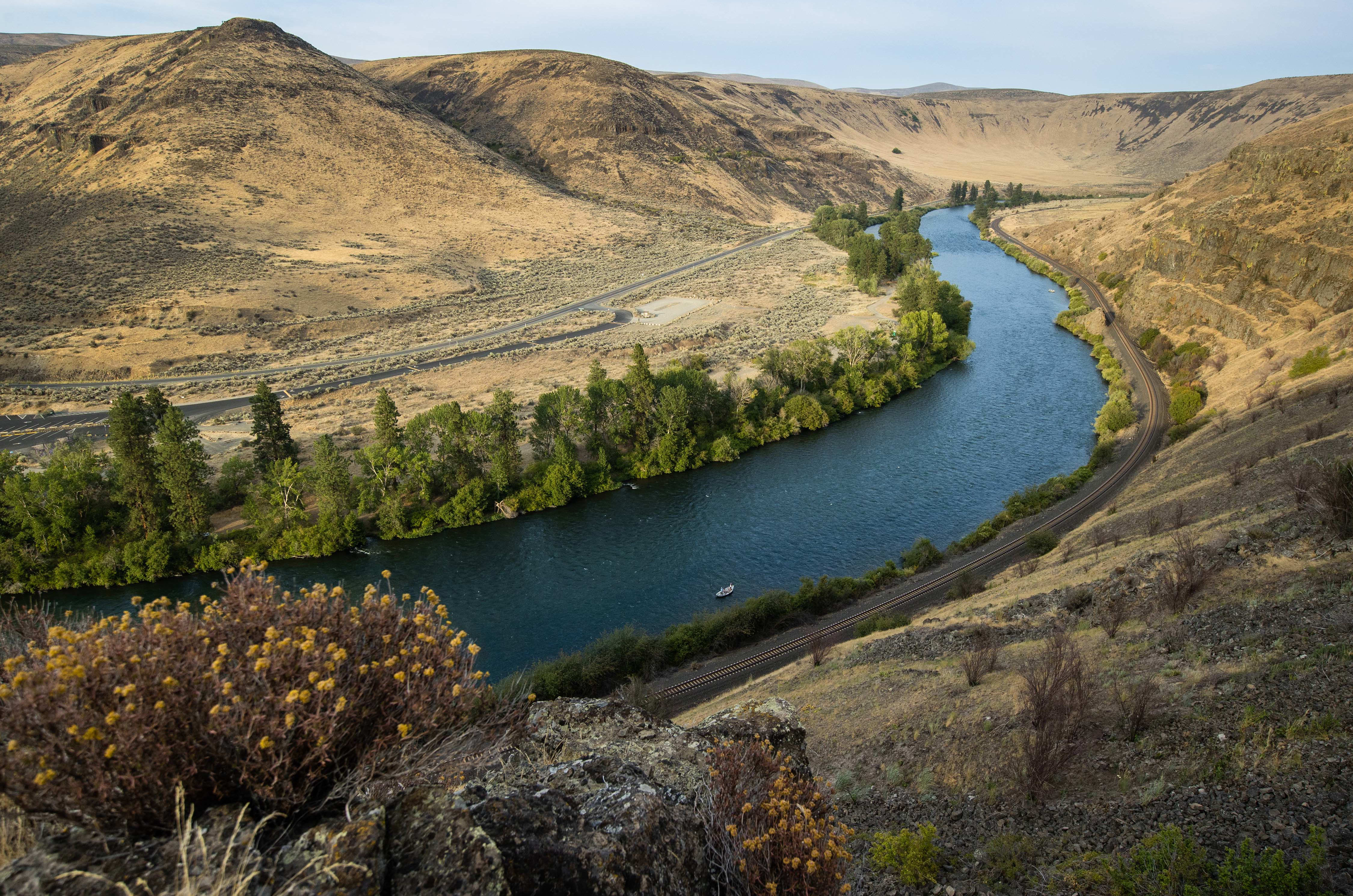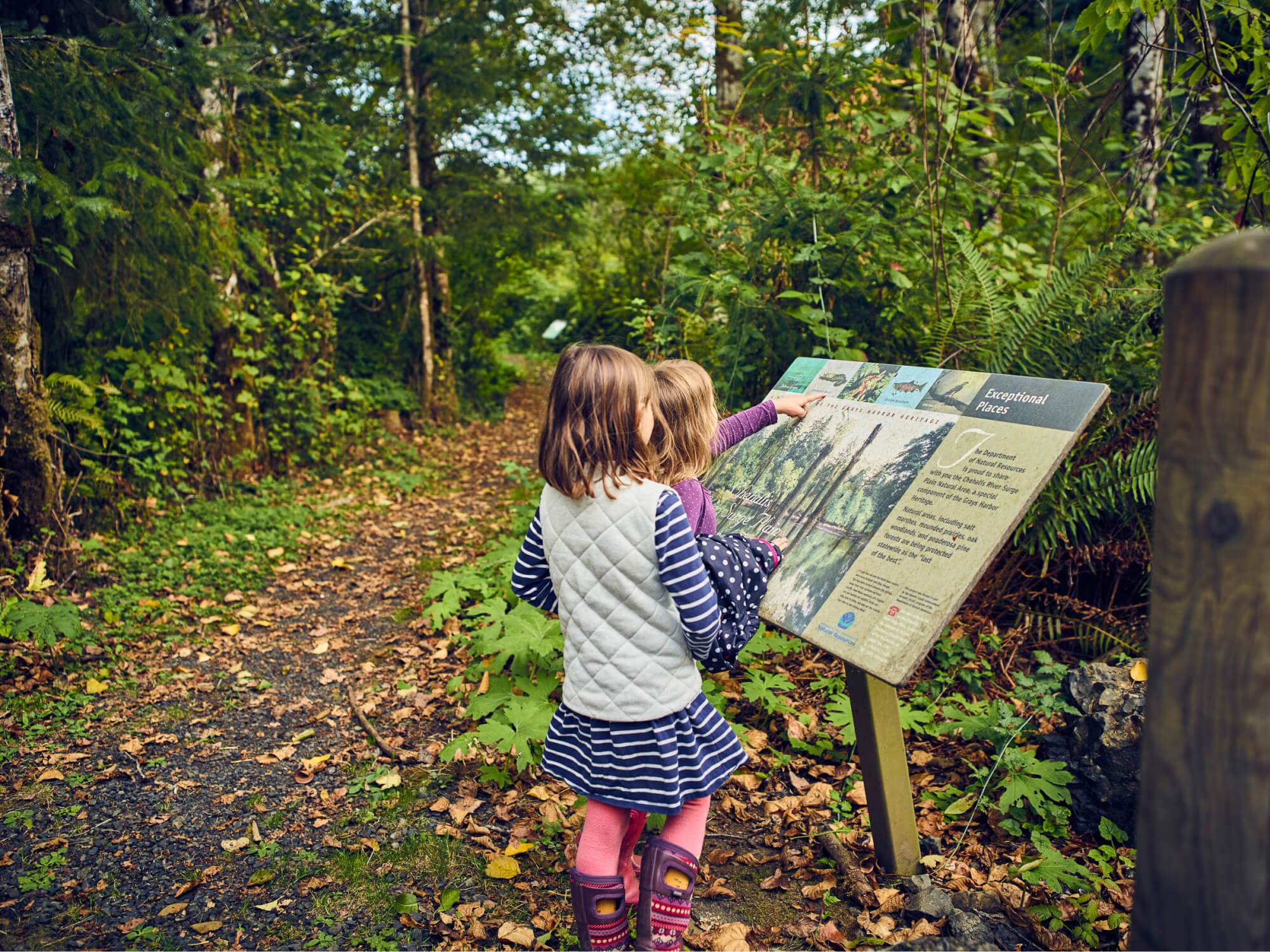Expanding the Big Bend Wildlife Area
The Columbia River is the largest river in the Pacific Northwest, flowing from British Columbia, through Washington and Oregon, and finally emptying into the Pacific Ocean, 1,200 miles from its origin in the Canadian Rockies. Where it flows through eastern Washington, the Columbia carves a gentle path across an area known as Alameda Flats, which is characterized by rugged basalt cliffs, rolling hills and low buttes overlooking the river. Here, Western Rivers Conservancy is working to conserve a 2,135-acre property called Big Bend Ranch by adding it to the Washington Department of Fish and Wildlife’s adjacent Big Bend Wildlife Area. The ranch contains a beautiful mile-and-a-half stretch of Columbia River frontage and large swaths of sagebrush-steppe habitat that numerous imperiled species depend on.
Big Bend Ranch lies 14 miles northwest of Grand Coulee on the south shore of the Columbia and across the river from the Colville Reservation. The stretch of the Columbia that flows through the property is called Rufus Woods Lake. This 51-mile “lake” is formed by Chief Joseph Dam at the downstream end and by Grand Coulee Dam upstream. Despite the dams, and despite being called a lake, this stretch of the Columbia River has moving current and still provides habitat for a number of resident fish, including kokanee and rainbow trout. Above Chief Joseph Dam, the Colville Tribes are leading efforts to reintroduce anadromous fish.
A haven for beaver and Columbian sharp-tailed grouse
Big Bend Ranch is also home to a variety of wildlife species, including Columbian sharp-tailed grouse, one of Washington’s most imperiled species. The ranch is composed largely of sagebrush-steppe habitat with a small stand of ponderosa pine, scattered seasonal wildflowers and a wetland formed by a natural spring. This provides a rare haven for neotropical migratory birds in an otherwise arid region. There is also historic habitat for beaver, which WDFW is working to restore.
Adding Big Bend Ranch to the Big Bend Wildlife Area would expand protection of vital fish and wildlife habitat by preventing development on a highly scenic stretch of the Columbia River. WRC’s efforts would also open new recreation opportunities—including hunting, wildlife viewing, horseback riding, hiking and mountain biking—for people throughout Washington and the Pacific Northwest.
WRC purchased Big Bend Ranch in January 2024 with the goal of conveying it to the Washington Department of Fish and Wildlife for inclusion in the Big Bend Wildlife Area. Permanently protecting the ranch, expanding the state wildlife area and conserving 1.5 miles of Columbia River frontage adds up to a major win for an area that has been dramatically impacted by dams yet still has tremendous value for fish, wildlife and people.









